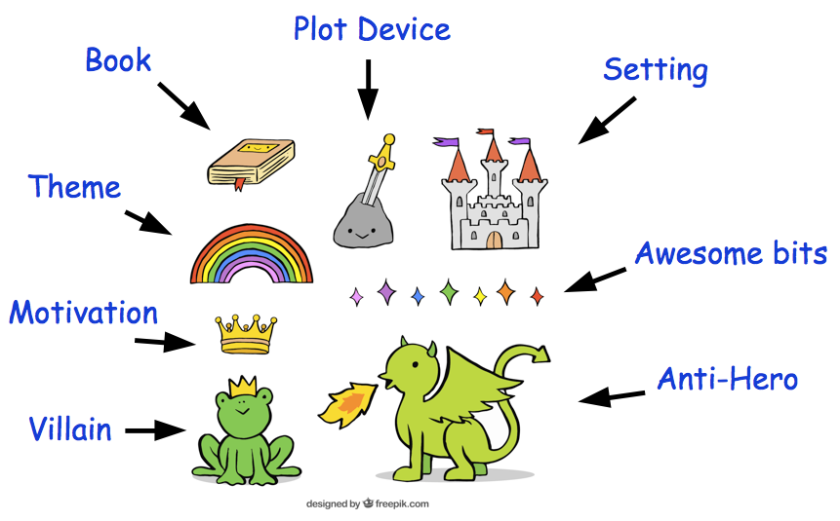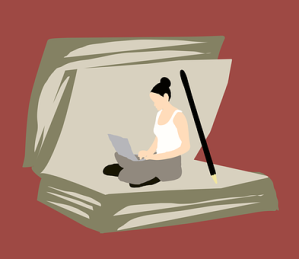
So, there comes a time in the writing cycle when you have to let people read what you’ve written. I understand this works better if there’s a sort of trial run, an alpha-, beta-, gamma-readership, before you start asking for money for the privilege.
I joined a writers’ group a few months back, for the express purpose of finding some like-minded alpha readers to trial run on. Well, there were other reasons to join a group–encouragement, motivation, information exchange, the almighty networking–but reading was the one I really didn’t think I could fudge. The upshot is that I’ve joined a tiny posse of SFF writers who (more or less) want someone to read over their work and give an opinion. I’m both excited and incredibly, super-duper, extra terrified.
The plan is to trade segments of our works-in-progress once a month (3000-5000 words) and then meet to discuss. If this seems unambitious, well, we’re still attempting to calibrate our level of ambition. Also, we’re nervous aspiring authors who don’t want to let our babies out of the house, and who also have day jobs, so a certain lack of ambition may be deliberate. I, for one, feel a strong urge to take my precious segment-to-be-sent and polish it to a ridiculous rosy glow before it escapes anywhere. It’s not that I don’t have the words–I have a whole novel draft to work from–I just think they should be better words first.
Also, green shall be the colour of the pen that marks up our fellows’ work; red has been verboten, in case it causes psychological damage. We’re taking our cues from another group, at least up until the moment when something they’re doing doesn’t work for us. It has also been suggested that we each indicate what it is that we would like the others to consider in our work, so I’m mentally attempting to pare my list of issues down to something manageable.
I guess there’s a bit of excitement mixed in with all that terror after all. At least this arrangement provides the comforting sense of a friendly hostage exchange: nobody’s going to rip another’s work to shreds if there’s any danger the same will happen to theirs.
I hope.
PS: Why does WordPress spell-check object to my Brit/Canadian spelling of “colour,” but raise not an eyebrow if I throw in a little random German? *Shaking my head.*

 This is a bit of writing that was wholly cut between draft 1 and draft 2 of one of my projects. The larger scene more or less survived the purge, but I believe the sandwich suffered an abrupt termination.
This is a bit of writing that was wholly cut between draft 1 and draft 2 of one of my projects. The larger scene more or less survived the purge, but I believe the sandwich suffered an abrupt termination.
 The two columns are the two characters. The warm colours are for fuzzy-feeling interactions and the cold colours are for relationship chill. Grey is neutral. Each subsequent colour becomes deeper because, hey, relationships are built up on the sum of all previous interactions; you don’t get to reset to the faded pastels just because something new happens. And I tried to make sure their impressions of each other were nicely mismatched during the buildup, mutually disastrous during the crisis, and mutually fuzzy during the climax. (Plot climax; clarification for the gutter minds out there.)
The two columns are the two characters. The warm colours are for fuzzy-feeling interactions and the cold colours are for relationship chill. Grey is neutral. Each subsequent colour becomes deeper because, hey, relationships are built up on the sum of all previous interactions; you don’t get to reset to the faded pastels just because something new happens. And I tried to make sure their impressions of each other were nicely mismatched during the buildup, mutually disastrous during the crisis, and mutually fuzzy during the climax. (Plot climax; clarification for the gutter minds out there.)